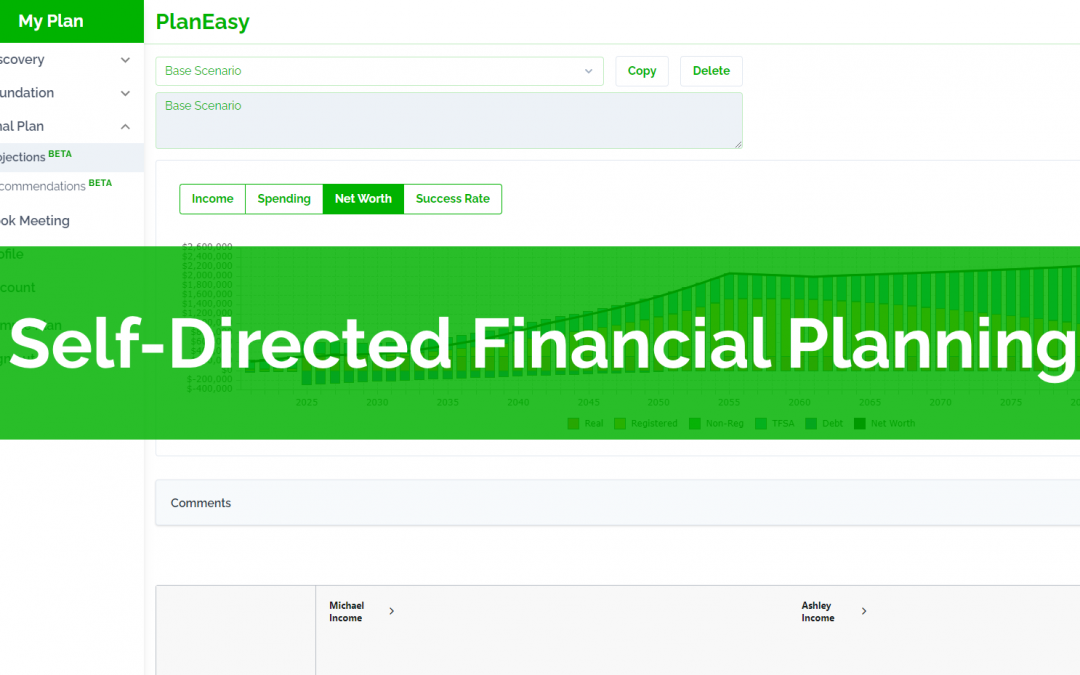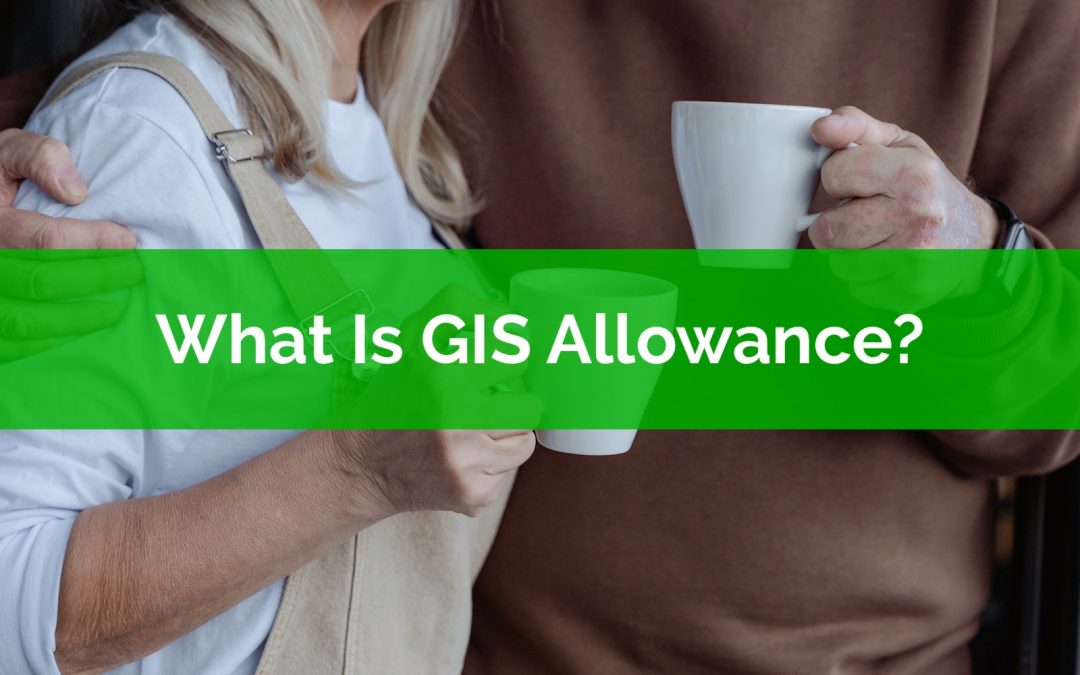
by Owen | Dec 6, 2021 | Government Programs, Tax Planning
How do tax tax brackets work? How do you figure out your tax bracket? These are important questions, especially when you’re trying to make the most of your money.
Figuring out your tax bracket can be very helpful when making personal finance decisions. It can help you decide which type of account to use, for example the TFSA or the RRSP. It can also help you understand how much you’ll keep after receiving a raise. It can help you understand how much tax you’ll pay on any extra spending in retirement. It can also help you understand how large your tax refund will be after making an RRSP contribution.
Understanding how tax brackets work, and what tax bracket you’re in, will help you make smarter financial decisions.
But tax brackets can be confusing, they can feel like a real mess of numbers. And even when you understand how tax brackets work there is something called your Marginal Effective Tax Rate (or METR) that can add to the complexity. This is when we look at both income tax rates plus government benefit clawback rates.
Your METR is more complex and will change over time depending on number of children, partners, age etc. Looking at Marginal Effective Tax Rates can expand the number of tax brackets to 10-20+ and we’ve got a few examples below.
In this post we’re going to show you how tax brackets work with a few visual examples. We’ll break down a few different income levels into their different tax brackets.
We’ll also talk about tax deductions and tax credits and how they affect (or don’t affect) your tax bracket. Lastly, we’ll touch on marginal effective tax rates for a few different situations like one child, two children, and retirement.

by Owen | Nov 29, 2021 | Financial Planning, Government Programs, Retirement Planning, Tax Planning
Did you know that there is an RRSP age limit? After a certain age you can no longer contribute to your RRSP. This is the same age limit that requires you to convert your RRSP to a RRIF.
The rule is, by the end of the year you turn age 71, you must convert your RRSP to a RRIF and you can no longer make RRSP contributions.
It doesn’t matter if you turn age 71 in January or in December, by the end of that year no more personal RRSP contributions can be made and the RRSP must be converted to a RRIF.
Interestingly, although you can’t contribute to a personal RRSP you can continue to earn RRSP contribution room after age 71. If you earn employment income at age 71 or beyond, then you’ll also earn more RRSP contribution room at the typical rate of 18% of earned income.
Seems odd, doesn’t it? You can earn RRSP contribution room after age 71 but you can’t use it (unless you’re in a specific situation which we’ll talk about below).
Similarly, if you have lots of unused RRSP contribution room, this will also carry forward past age 71 too. You might have RRSP contribution room available to use, but you won’t be able to contribute to a personal RRSP.
If you can’t use this RRSP contribution room then why does the CRA track it at all?
Well, there are a few things that can be done to get around the age limit for RRSP contributions and, in the right situation, this could provide some large tax reductions and/or government benefit increases.

by Owen | Nov 8, 2021 | Behavioral Finance, Financial Goals, Financial Planning, Investment Planning, Retirement Planning, Tax Planning
We want to make the most of our hard-earned money. But that can mean different things to different people. The way we “optimize” our financial plan can vary greatly from one person to the next.
There are a few different ways to optimize a financial plan. Some will be obvious and widely accepted, like minimizing income tax where possible, but some are a bit less obvious or will depend on personal preferences.
Because a financial plan represents our personal preferences and personal values, no two financial plans are the same.
While two people may have similar income, assets, and net worth, they could have dramatically different financial plans depending on what they’re optimizing for.
We all want to make the most of our money, but what that looks like will vary greatly from one person to the next.
Here are a few of the different ways you can optimize your financial plan… what are you optimizing for?

by Owen | Nov 1, 2021 | Financial Goals, Financial Planning, Income, Investment Planning, Retirement Planning, Tax Planning
We’re excited to introduce self-directed financial planning, a new way to access advice-only financial planning.
At PlanEasy our mission is to make advice-only financial planning easy, accessible, and inexpensive, and our new self-directed financial planning platform helps make that even more of a reality.
Self-directed planning uses our innovative financial planning platform to create a truly customized financial plan in just three simple steps.
The platform intelligently tailors to every individual, couple, and household to create a unique financial plan that is customized to your exact situation.
Unlike other financial planning options, our platform is completely unbiased, there are no products, no sales goal, just advice.
Our platform helps you optimize your financial plan for income tax, tax credits, and multiple governments benefits including the big ones like Guaranteed Income Supplement (GIS) and the Canada Child Benefit (CCB) as well as multiple smaller government benefits too.
Most importantly, a self-directed financial plan is just a fraction the cost of a typical one-on-one advice-only financial planning engagement, making it easier and less expensive to create an unbiased financial plan.
Interested? Get early access to self-directed financial planning, join the waitlist now.
Let’s take a look at just a few of the ways a self-directed financial planning can help you make the most of your money…

by Owen | Oct 25, 2021 | Retirement Planning, Tax Planning
Can an RRSP be too big? That would be a nice problem to have, wouldn’t it?
Having an oversized RRSP means one of two things, either RRSP contributions have been on track for many, many years, or investment returns have been above average for a long time, or some combination of the two.
Having a large RRSP is a good problem to have, but it’s still a problem. With a large RRSP the problem becomes how to get that money out without losing a large percentage to income tax or government clawbacks.
At a certain level, withdrawals from an RRSP could trigger higher marginal tax rates and/or government benefit clawbacks. In these situations, it’s pretty easy to hit marginal effective tax rates of 50%+ in retirement. Losing half of an RRSP withdrawal to tax and benefit clawbacks is not ideal.
With an RRSP that is “too big” it’s possible to have a tax rate in retirement that is higher than when employed.
If you have a large RRSP, or if you have a modest RRSP but are still contributing, then there are a few issues that should be on your radar.

by Owen | Oct 11, 2021 | Financial Planning, Government Programs, Retirement Planning, Tax Planning
GIS Allowance is one of those unique government benefits. It applies only in very specific situations, but when it does apply, it can be very large.
GIS stands for the Guaranteed Income Supplement and it’s a government benefit for low- and moderate-income retirees. It is available after the age of 65 if OAS benefits have begun and if taxable income (line 23600 on your tax return) is below a certain threshold.
Allowance is another government benefit tied to GIS. Allowance is only available in very specific situations but it’s worth over $1,200 per month or $14,000 per year!
Given the size of GIS Allowance it can be very beneficial to understand how it works and when it applies. But, because it’s so rare, its often not considered when creating a retirement drawdown strategy. Unfortunately, not adjusting a financial plan for GIS Allowance will make retirement unnecessarily difficult for lower-income couples.
GIS Allowance is a government benefit that applies in only a few situations, but it is a benefit that is extremely large, and therefore it’s important to understand if and when you may qualify.
Page 5 of 11«...34567...»






